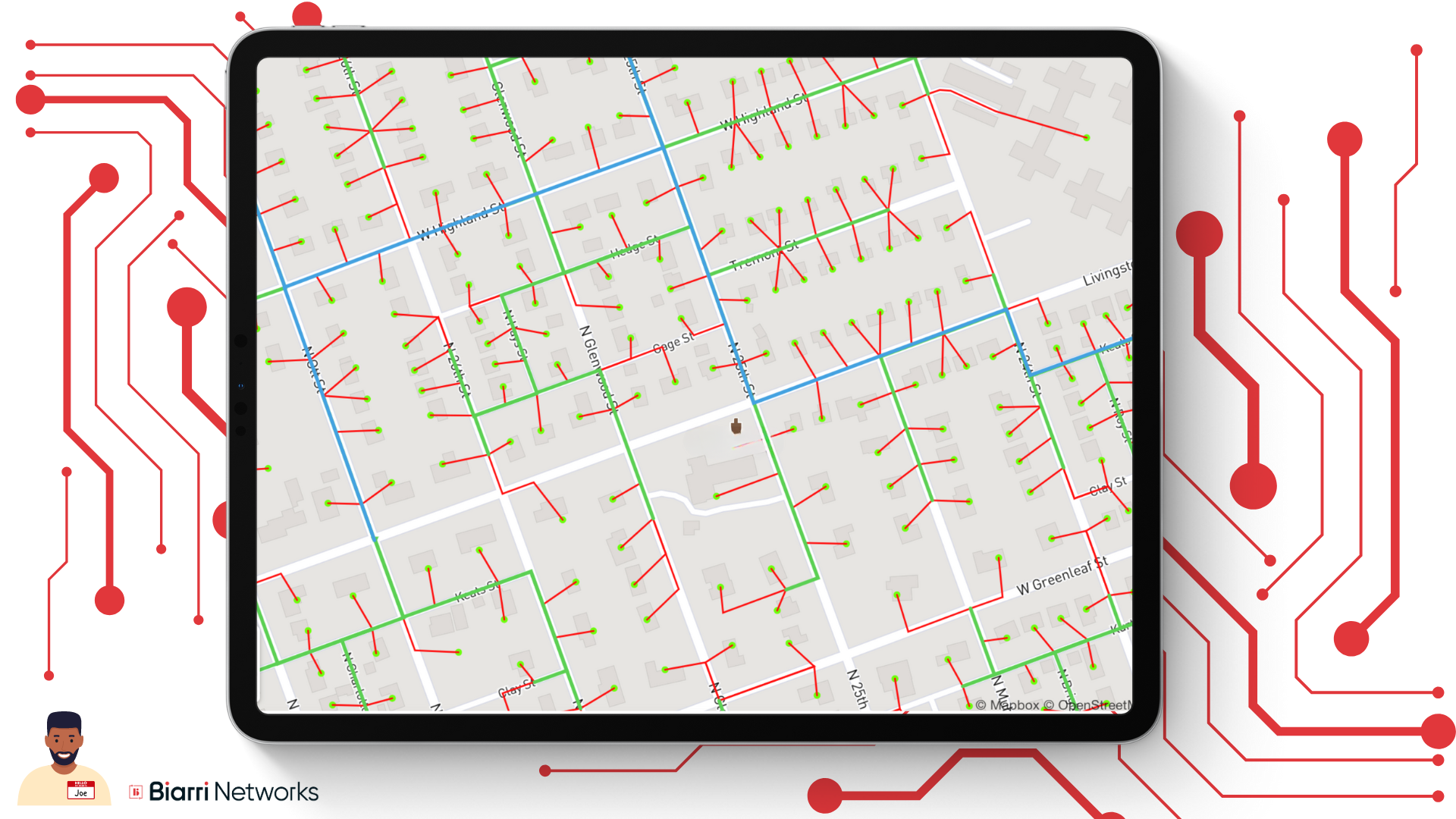The Significance of FOND Collaboration in FTTx Design
In FTTx design, streamlined collaboration and efficient data management are crucial to the success of your project. FOND Collaboration offers a...
1 min read
 Aaron Harper
:
Mar 6, 2024 10:38:13 AM
Aaron Harper
:
Mar 6, 2024 10:38:13 AM

The importance of an accurate planning level design during the assessment phase is critical. The initial planning level design is the first stage of the design process. It is the initial framework that provides a look at the layout of the overall FTTx build. This level of design will consider the material and quality of the design, revenue forecasts, and an estimated deployment schedule. It will help show the need to patch any network gaps and anticipate future demand. If you can determine which optimal design from the beginning, from it being the most accessible or affordable, to maximizing scalability and bandwidth, it will help you focus on the design architecture to pursue.
We have seen projects that have poor initial designs that have led to inaccurate design costs, where the upfront cost is lower or even higher than the High-Level Design. Look at some instances where a planning level design would increase or decrease in material and quality of design that could affect forecasts and deployment schedules:
These examples can cause issues at the CAPEX, budgeting, and/or grant funding stages. This can lead companies to cut back on the type of architecture used in the high-level design or find ways to only build to certain demand by changing fiber routes and only serving the bare minimum. As in:
In general, designs should start to gradually decrease through the design stage. As the high-level design and fielding are finalized, the low-level design should reflect a true estimate of the building cost. It's significant to note the importance of collaborating with stakeholders. When designing the planning level design, any partnerships from co-ops, local companies, and authorities are invaluable to leveraging right-of-way and existing infrastructure, all of which could be used to save on time, resources, and CAPEX.
Here are a few takeaways on the importance of an Initial planning level design:
.png)
In FTTx design, streamlined collaboration and efficient data management are crucial to the success of your project. FOND Collaboration offers a...
.png)
Accurate and comprehensive address and route data are crucial for the data collection phase of building a fiber network. The quality of a fiber optic...

The race to connect America with high-speed broadband networks has hit warp speed. The pandemic accelerated years’ worth of digital adoption to a...